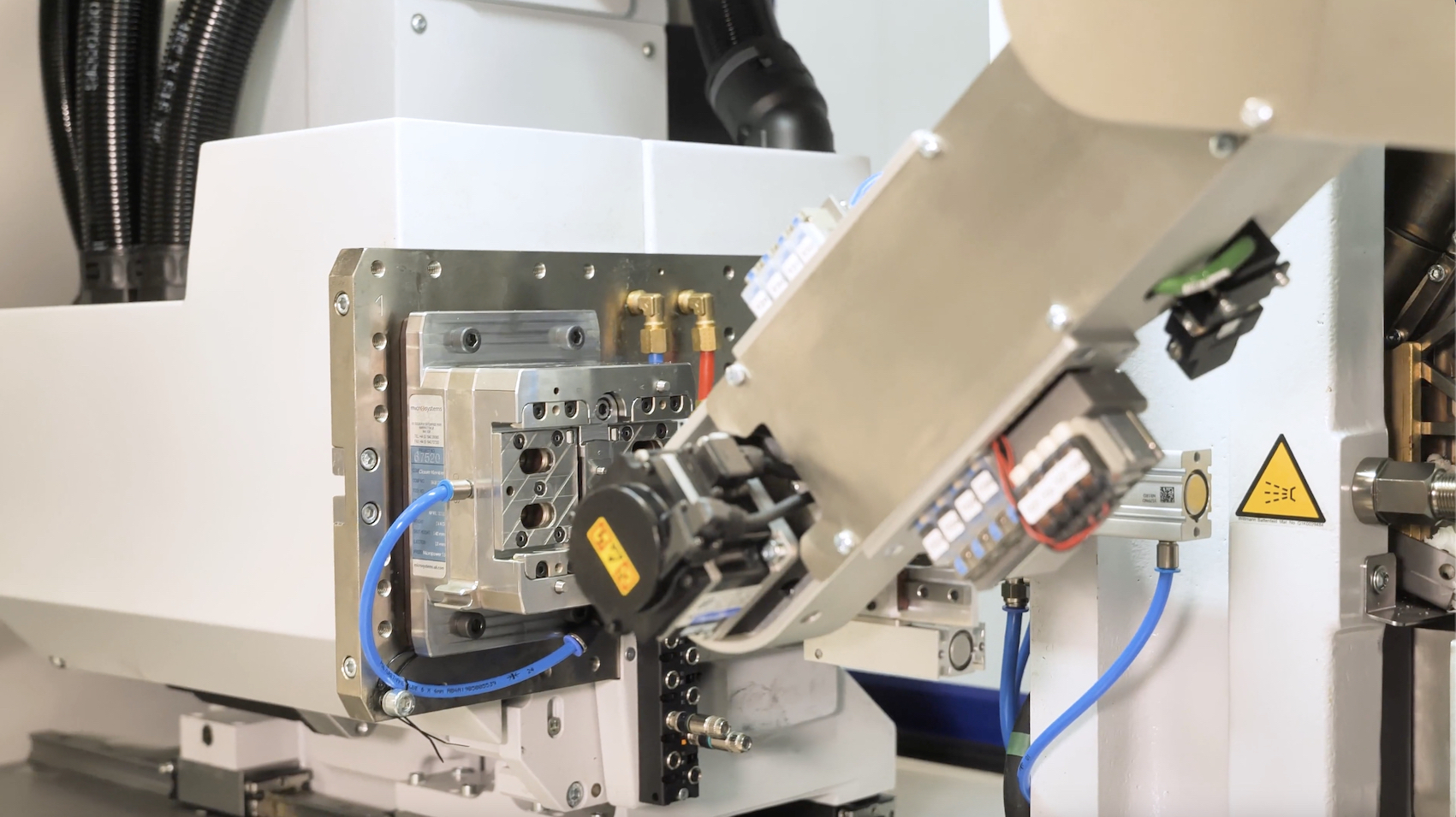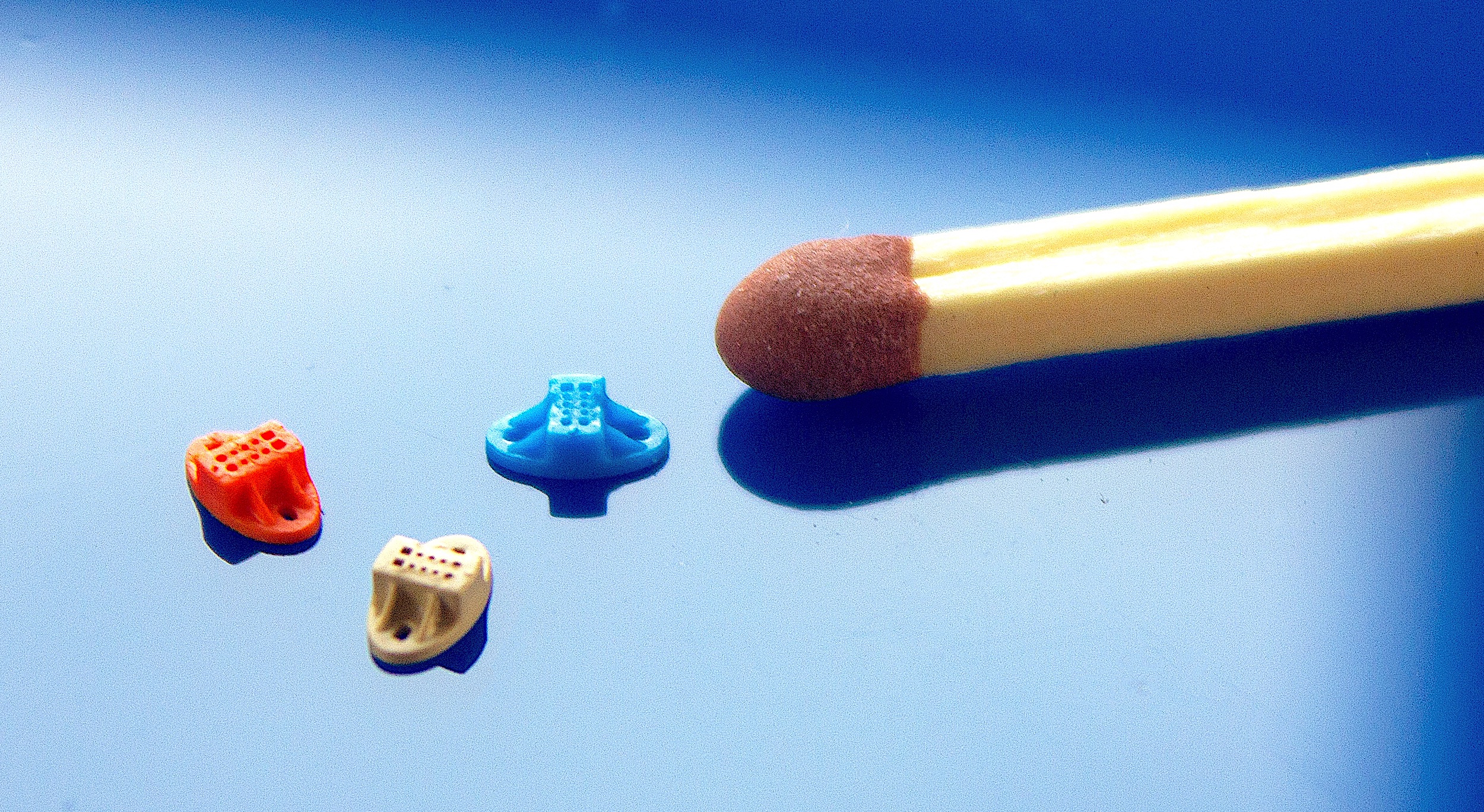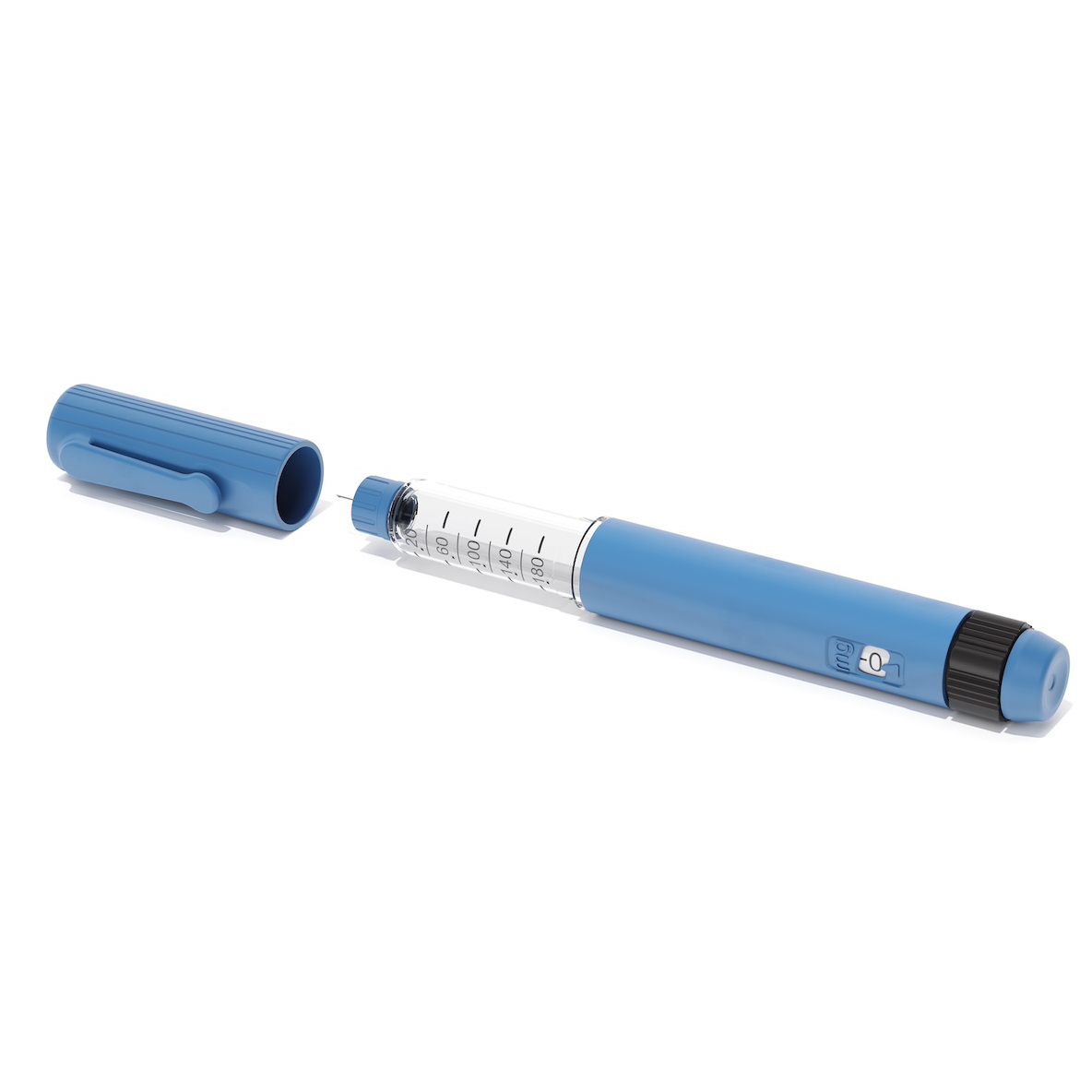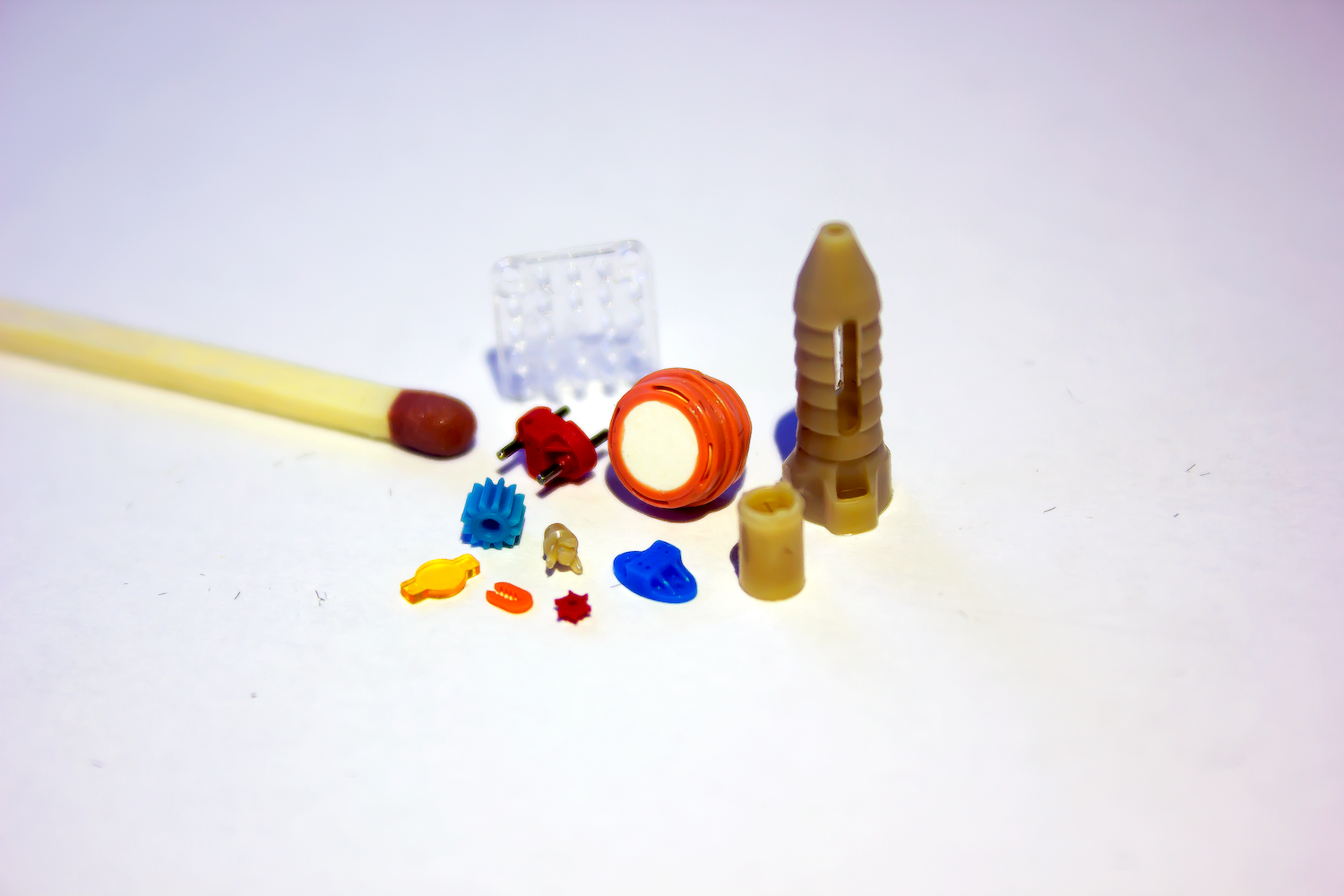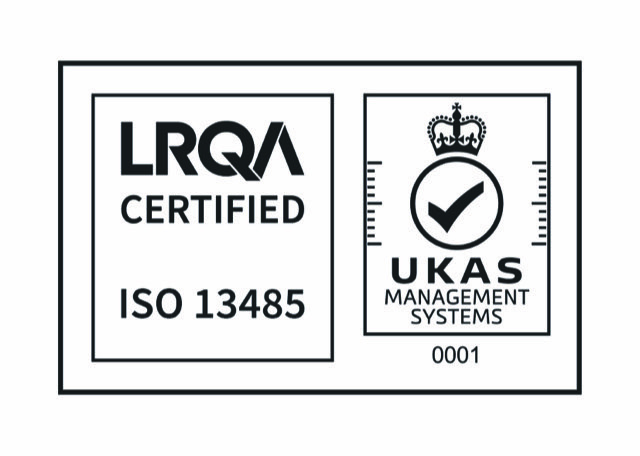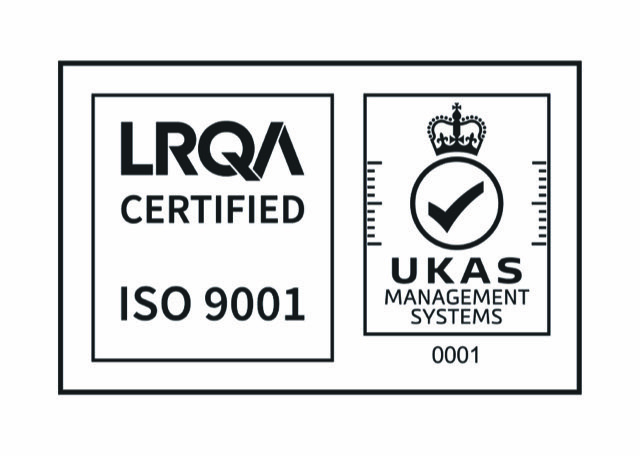PEEK for medical uses
What is medical grade PEEK?
PEEK, polyether ether ketone, is a colourless organic thermoplastic polymer belonging to the polyaryletherketone (PAEK). PEEK is a semicrystalline thermoplastic that retains its high-temperature mechanical and chemical resistant qualities quite well. Due to its remarkable qualities and biocompatibility, Medical Grade PEEK is a high-performance thermoplastic that is becoming more and more popular in the medical sector.
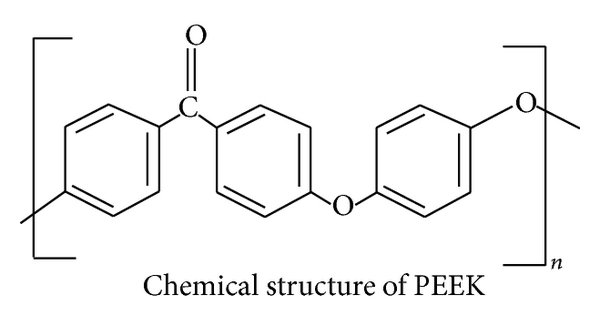
Source: Nanomodified Peek Dental Implants (1)
The history of PEEK
In 1978, PEEK was initially created for use in the aerospace industry. It was then widely employed in a variety of sectors, including pharmaceutical, chemical, food and beverage, aerospace, and health care. By the late 1990s, PEEK had established itself as an alternative to metal implants, and in April 1998 it was heavily promoted as a biomaterial for implants, which were first used in orthopaedic procedures, particularly spinal surgery. PEEK-OPTIMA, the first implantable unfilled PEEK polymer, was developed by Invibio Biomaterial Solutions in 1999. In 2007, image-contrast grades and carbon fiber-reinforced variations of the material (which offer considerably enhanced strength and stiffness) were introduced. PEEK has been utilised for cardiovascular, dental implants, and many other medical purposes after receiving widespread clinical acceptability over the last 20 years.
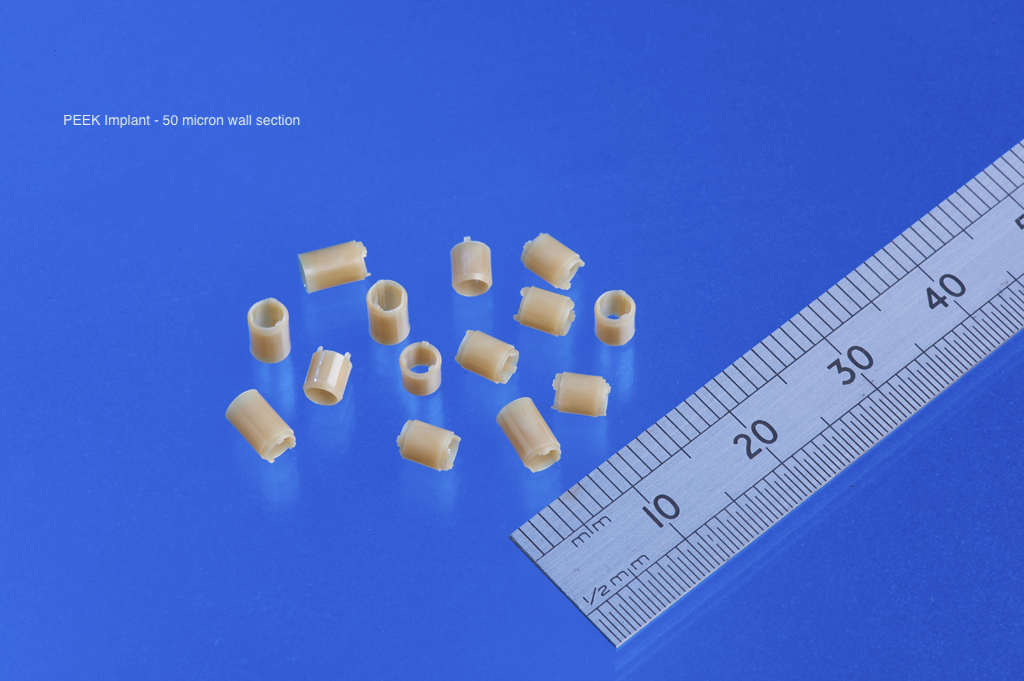
Photo: Micro Systems
What are the advantages of medical grade PEEK ?
PEEK is one of the few high-performance polymers that is a bio-material, along with its exceptional mechanical, thermal and chemical characteristics, making it ideal for medical applications since it is extremely radiation resistant and simple to sterilise.
Biocompatibility: Due to its biocompatibility and status as a validated biomaterial, PEEK is thought to be safe for use in in vivo applications. PEEK has no cytotoxic, genotoxic, or immunogenetic effects. For more than 20 years, the material has been effectively used, and it can be suitable for long-term applications.
Modulus of elasticity like bone: PEEK is substantially more flexible than metals like titanium, stainless steel, and other metal biomaterials. It bends and supports weight in a way that is considerably more similar to bone, hence minimising stress shielding and encouraging the growth of bone.
Radiolucency: PEEK’s pure radiolucency makes it simple for surgical teams to monitor the location of implants and spot issues on X-rays, CT, and MRI scans.
Lower infection risk: PEEK’s hydrophobic properties and minimal surface roughness prevent bacterial adherence and infection risk.
Aesthetic features: PEEK implants are a fantastic option for a more aesthetically pleasing look because of its composite structure, elastic module, osteogenic capabilities, adequate fatigue limits, and other useful qualities.
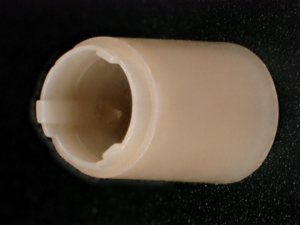 Other advantages of PEEK to be used for medical purposes include high strength and stiffness (Young’s modulus of elasticity of 3.6 GPa, tensile strength of 170 MPa), high heat resistance (343 °C – 662 °F), light weight, good chemical resistance and outstanding wear and abrasion resistance.
Other advantages of PEEK to be used for medical purposes include high strength and stiffness (Young’s modulus of elasticity of 3.6 GPa, tensile strength of 170 MPa), high heat resistance (343 °C – 662 °F), light weight, good chemical resistance and outstanding wear and abrasion resistance.
What are the disadvantages of PEEK ?
PEEK is generally more expensive than other thermoplastics, hence it could make applications of large volumes become less cost-effective. In processing, PEEK can be difficult to produce as its normal melting point is about 343°C, hence it is frequently necessary to use specialised tools and processing methods, such as injection moulding equipment that can operate at high temperatures, which could result in a more complicated and expensive process. In some areas, the limited availability of PEEK materials could further increase the cost of production. PEEK also has a limited variety of colour options, normally in natural light brown or black variations. PEEK also has a low resistance to UV light, however, this could be improved by adding a carbon additive to the material formulation.
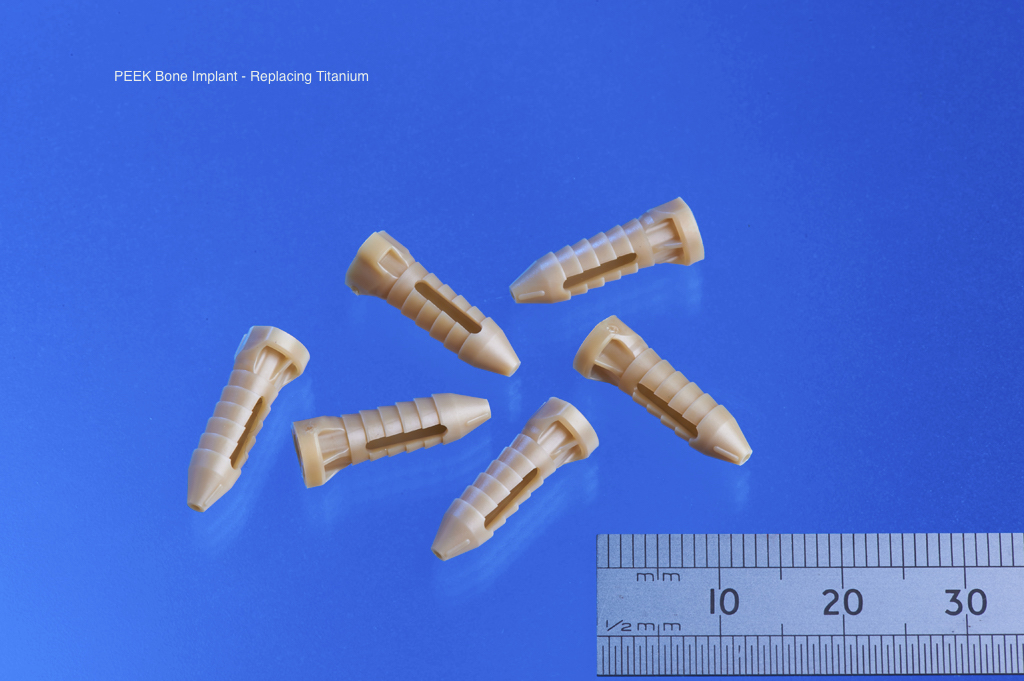
Photo: Micro Systems
The applications of PEEK in Healthcare
Orthopaedic implants
PEEK is often used in orthopaedic implants, including trauma fixation plates, joint replacements, knee and hip arthroplasty or spinal fusion cages. It is a perfect material for load-bearing applications because of its mechanical characteristics, which closely mimic those of bone, which guarantees that it will support weight and move like bone. Additionally, the radiolucency of PEEK allows orthopaedic teams to monitor a patient’s body’s reaction after partial or complete joint replacement. PEEK can successfully integrate into the surrounding tissue because of its biocompatibility. PEEK is also significantly lighter than metal, hence patients can adjust joints and limbs with less effort than they would need to if they were using heavier metals.
Dental implants
PEEK is frequently used in detachable partial dentures and has a long history of usage in dentistry, in applications such as dental implants, temporary crowns and bridges, braces, and surgical equipment for the mouth. PEEK’s superior abrasion and compression resistance, which allows it to withstand chewing and ripping actions, is one of the most notable factors. The radiolucency of PEEK is particularly crucial for dental practitioners and offers patients unrivalled comfort and aesthetics. PEEK dental implants have a good reputation among patients since they are simple to make seem like real teeth (tooth-coloured varieties), don’t alter taste, feel pleasant, and are less likely to cause an allergic response or sores.
Spinal applications
The use of PEEK as a spinal implant has been its main medical use over many years. PEEK is used frequently in spinal implant operations nowadays, and further advancements might make it the best option for a variety of patients. PEEK is a top choice for spinal implant operations because of its radiolucency and optimum modulus, which closely resembles cortical bone. Its modulus guarantees that the implant supports weight like native bone, lowering the risk of subsidence and density loss in adjacent bone. Because of its radiolucency, surgeons can observe the development of the patient and the implant after surgery. Both of these necessary characteristics for an implant can be changed to fit a specific purpose. Barium sulphate is one of the additives that may be added to PEEK to improve contrast if a surgeon chooses less radiolucency from their implant. Some spinal applications of PEEK include minimally invasive spinal implants, interspinous spaces, posterior spine stabilisation rods and anterior cervical plates.
Other medical device non-implant applications
PEEK is utilised for the housing and structural elements of a variety of medical devices, including electrical gadgets, portable surgical instruments, and monitoring apparatus thanks to its mechanical toughness, sterilisation resistance, and biocompatibility. PEEK can also be found in medical pumps, pistons, fluid transfer devices, and valves. For usage in vital medical and pharmaceutical applications like dialysis equipment, blood pumps, infusion pumps, reusable medical instruments, medical device fixtures, or tissue cutting tools, PEEK seals and bearings are also well-established.
Injection Moulding of PEEK
With its properties, PEEK is suitable for the production of ultra-precision (micro) plastic parts with tight tolerance using injection moulding method. When using injection moulding, some considerations need to be taken into account for a successful outcome. PEEK resin needs to be heated to a very high temperature that is at or above the top range of most injection moulding machines. Due to the high sensitivity of PEEK resins to anisotropic shrinkage during cooling, the mould must be subjected to the proper amount of pressure to preserve product integrity. It is also crucial to make sure the PEEK is appropriately cured before moulding for accurate PEEK parts, by eliminating any remaining moisture in a controlled and monitored system. For medical purposes, the whole production needs to maintain the highest cleanliness in a temperature controlled environment, as any contamination will make the moulded parts unsuitable for the end users. Bigger gates are also more efficient in PEEK injection moulding, as PEEK has high shrinkage compared to other amorphous thermoplastics.
At Micro Systems, we have years of experience working with PEEK, in both Mould Manufacture and Injection Moulding. Our moulded PEEK medical parts can achieve the smallest size and tolerance that you require. Contact us today to discuss your PEEK medical parts!
(1). Nanomodified Peek Dental Implants: Bioactive Composites and Surface Modification—A Review – Scientific Figure on ResearchGate. Available from: https://www.researchgate.net/figure/The-chemical-structural-formula-of-polyetheretherketone-PEEK-PEEK-is-a-semicrystalline_fig1_279842270 [accessed 25 Sep, 2023]

